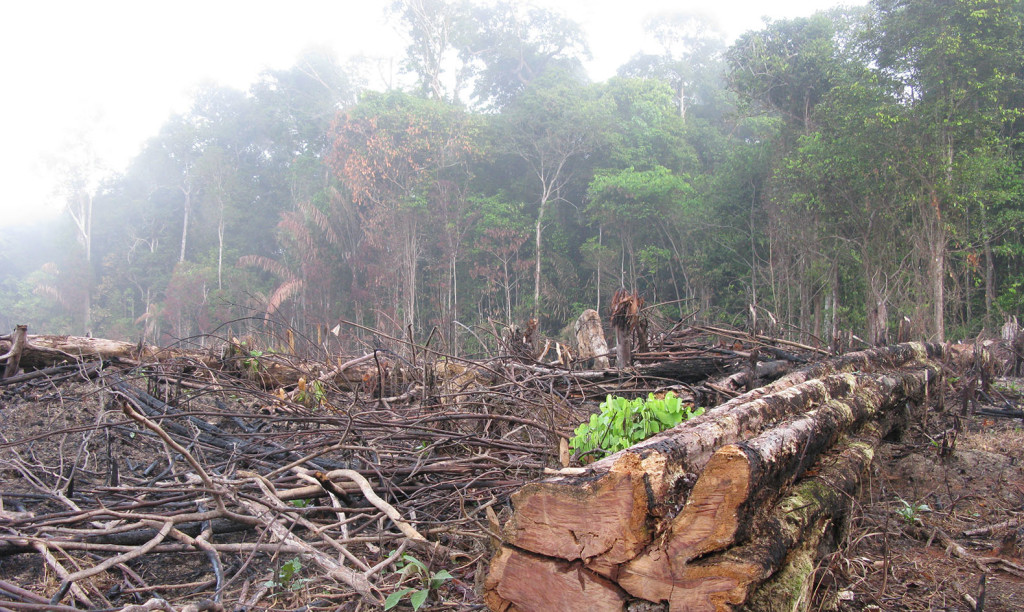Take a Cool Guess—The Fun Quiz on Renewable Energy and Environmental Sustainability. Today’s Topic: Animal Agriculture

Answer: Can be found at Clean Energy Answers.
Relevance: The Alliance of World Scientists recently reissued and increased the emphasis of the warning they put out 25 years ago, i.e., humans need to change their individual consumption and behavior….now. In particular, while people often focus on the greenhouse emissions of cars and other vehicles, animal agriculture is the biggest threat, as it produces more greenhouse gas emissions than all the cars, planes, and other forms of transportation combined.

Stop right there — “raising animals for food contributes more than half of our carbon footprint?” That’s not even close to being right. The Environmental Protection Agency designates all of agriculture, collectively, as contributing only 9% of total greenhouse gas (GHG) emissions in the U.S. (versus 28% for both transportation and electricity, respectively). EPA further designates livestock as representing “almost one-third of the emissions from the agriculture economic sector.” In other words, livestock are responsible for about 3% of total GHG emissions in the U.S. — a long ways from half.
Craig,
Good grief, even for someone with zeal of a new convert to vegetarianism your claims are becoming less and less rational.
Who is the grandly titled “Alliance of World Scientists” ??
Hmmm, turns out this August organization doesn’t seem to exist outside of a internet site based in an auxiliary department of the University of Oregon.
A random sample of the “World Scientists” membership of this august body contains individuals such as :
Vaxo Barbaqadze, Guitarist, Georgia
Felix Batista ,Bodybuilding JudgeDominican Bodybuilding Federation
Pamlea Bankey, a Environmental Science Teacher Long Beach Junior High School,
Zach Baumgart, Sociologist,Wisconsin Department of Corrections
Some of the more impressive “Professorial Members” listed, cited Universities that don’t exist, non-existent Departments of real universities, or where the institutions exists it’s have never heard of the individual.
One of the members whose qualifications I particularly liked, was an erstwhile “Senior Earth Scientist” and head of the Earth Science department of a prestige university. The University doesn’t have such a department, but a Student action body had held a series of “Earth Science actions” and the 20 year old student involved was an activist during his two year attendance, which qualified his “Senior” status.
None of this is surprising. We’re still coping with the legacy of the 2006 publication U.N.Food & Agriculture Organization’s report,”Livestock’s Long Shadow”.
The report portrayed the livestock industry as one of the major contributors of GWG to the atmosphere. The report erroneously attributed livestock as contributing more GWG emissions than even transportation.
In later studies the U.N. retracted and corrected these errant assertions, but the damage was done. This false information is still repeated. Group think is hard to change,especially when it comes to activist agendas.
In reality, the claim, “raising animals for food contributes more than half of our carbon footprint?” isn’t even close to being correct.
The Environmental Protection Agency designates all of agriculture, collectively, as contributing only 9% of total greenhouse gas (GHG) emissions in the U.S. (versus 28% for both transportation and electricity, respectively). EPA further designates livestock as representing “almost one-third of the emissions from the agriculture economic sector.” In other words, livestock are responsible for about 3% of total GHG emissions in the U.S.!
3% is a long ways from “half” !
Even that small amount will change dramatically as breeding programs for oall ruminants will start to eliminate 95% of methane emissions.
Craig, you really must do a bit more accurate research from more reliable sources before you go frightening the horses !